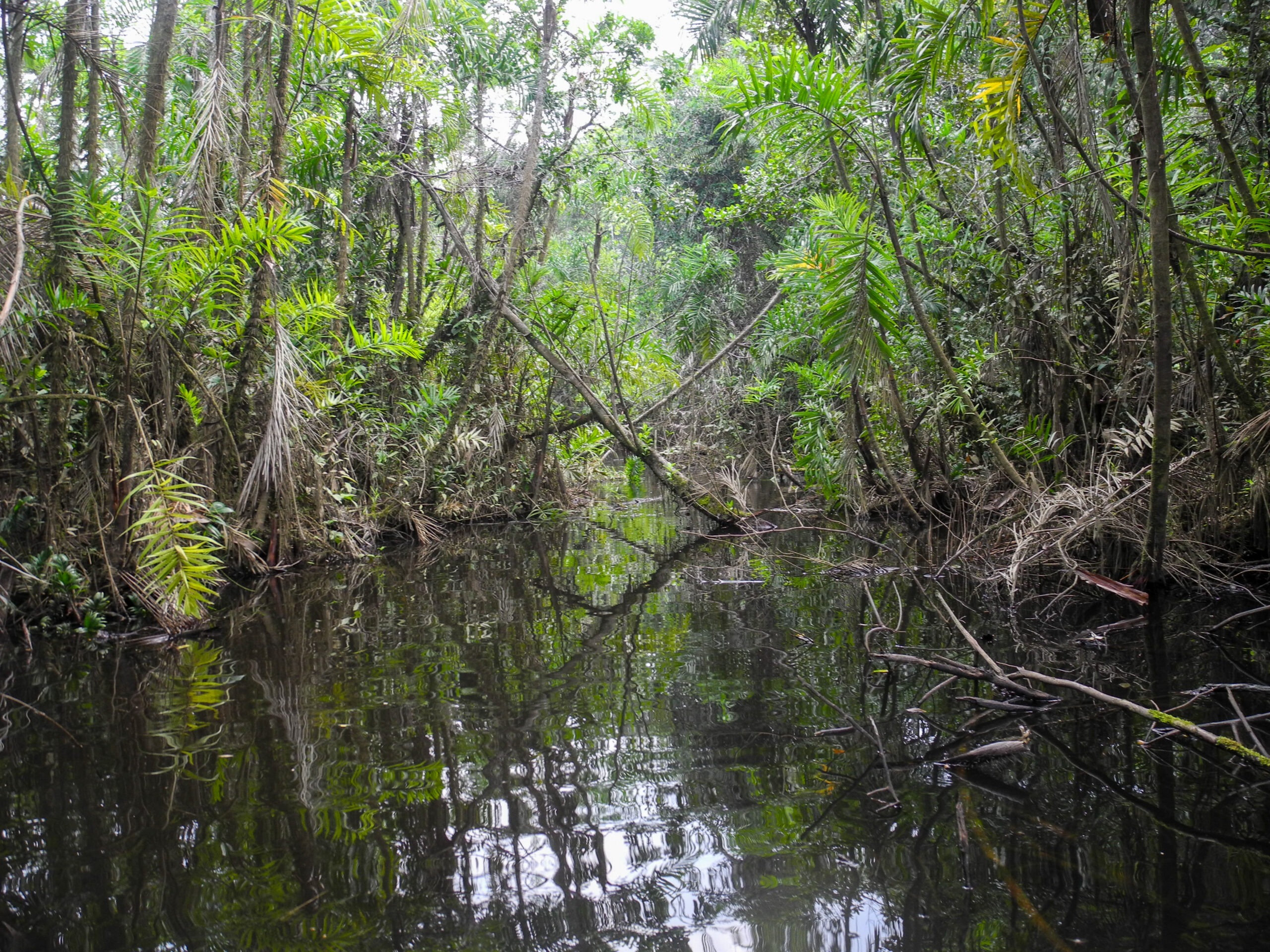A new data-driven map of the Amazon Basin reveals a far greater extent of peatlands than previously documented. The new research article, led by the University of St Andrews (Scotland) and Charles University (Prague) and with contributions of Geosciences Barcelona (GEO3BCN-CSIC), sheds light on a critical carbon store and ecosystem potentially vulnerable to climate change and human impacts.
Peatlands are waterlogged landscapes that accumulate partially decomposed plant matter over thousands of years. They store vast amounts of carbon and play a crucial role in regulating the global climate. However, their distribution in the Amazon Basin, a region critical for global climate stability, has been poorly understood.
The article estimates that peatlands cover approximately 251,000 square kilometers of the Amazon Basin, an area larger than Belgium. This is significantly greater than previous estimates, suggesting that vast areas of peatland remain undocumented, particularly in northern Brazil and Bolivia.
The international team of peatland researchers, led by Adam Hastie from Charles University and with the contribution of Encarni Montoya, GEO3BCN-CSIC researcher, compiled data from over 2,400 ground reference points across the Amazon. These points showing the ecosystem type with or without peat were combined with satellite imagery and other environmental data to create a high-resolution map of peatland extent.
“Our study highlights the importance of field data collection for improving our understanding of peatland distribution which can help set priorities for climate change mitigation including land-management strategies, research, and policy,” says Hastie.
The Amazon’s peatlands face a number of threats, including climate change, deforestation, and drainage for agriculture. The new map can help identify areas of peatland at greatest risk and inform strategies for their protection.
According to the GEO3BCN-CSIC researcher, this study highlights a reality that few people outside the basin are aware of: “The Amazon is a great carbon store that can turn into a major CO2 emitter to the atmosphere”. These systems, Montoya insists, are vulnerable not only to fire but also to drought, so knowing where they are and their condition is essential for their conservation and management”.
“This peatland map also provides opportunities to strengthen relationships with local communities who live in and around these ecosystems, to prevent irreversible damage to healthy peatlands and restore those that may be degraded,” adds Ethan Householder, scientist at the Karlsruher Institut für Technologie in Germany.
With a more comprehensive picture of peatland distribution, researchers can now delve deeper into understanding the role these ecosystems play in the Amazon’s overall health and function. This knowledge is vital for informing conservation strategies that protect not only the peatlands themselves but also the diverse species and ecological processes that depend on them.
Reference
Hastie, A., Householder, J. E., Honorio Coronado, E. N., Hidalgo Pizango, C. G., Herrera, R., Lähteenoja, O., de Jong, J., Winton, R. S., Aymard Corredor, G. A., Reyna, J., Montoya, E., Paukku, S., Mitchard, E. T. A., Åkesson, C. M., Baker, T. R., Cole, L. E. S., Córdova Oroche, C. J., Dávila, N., Águila, J. del, … Lawson, I. T. (2024). A new data-driven map predicts substantial undocumented peatland areas in Amazonia. Environmental Research Letters, 19(9), 094019. https://doi.org/10.1088/1748-9326/ad677b

